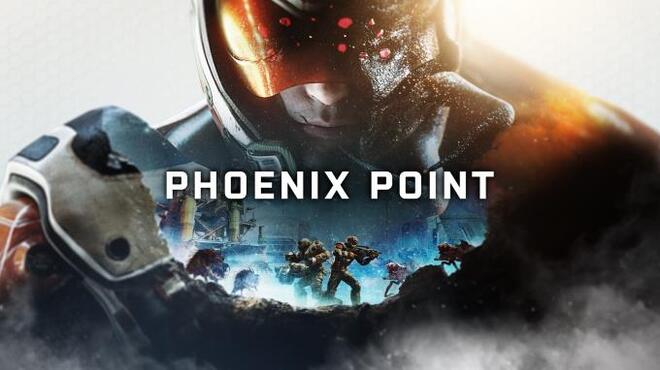

There are six classes, each with unique abilities and equipment. It feels bad to need to have played a campaign to understand how to play the campaign.īut the tactical battles only lag through pure repetition, not out of a lack of interesting toys to play with. It feels bad to need to have played a campaign to understand how to play the campaign. That's a slog in the mid-section of the campaign as you grind through similar missions looking for direction. Figuring out how to progress takes a lot of swinging in the dark hoping some strategy you try is the one that lands. Eventually you're fielding dozens of soldiers across several teams, but you've expanded the scope of your operations to cover the globe and it's never enough.ĭespite this frantic action, the overall path of the campaign is meandering. It's a series of ever-more-vicious choices, where expanding your own capabilities in the long term means deciding that Havens will fall in the short term. You're always strapped for resources, deciding whether to send out an exploration team or hold them back to defend threatened Havens. That's probably fine, because the tension on the strategic level is absolutely electric.

Despite the extinction-level threat, the three factions are in fact so absurdly petty as to dislike that you've saved a few thousand of the others. Each group has novel ways of fighting the enemy, so allying with one over another earns you unique technology.

Synedrion can't decide if they're an autonomous collective or an anarcho-syndicalist commune. The Disciples of Anu worship mutation and want to leave humanity behind. New Jericho's billionaire leader wants to cleanse the world with fire. A few neutral Havens aside, the three human factions generally hate each other.


 0 kommentar(er)
0 kommentar(er)
